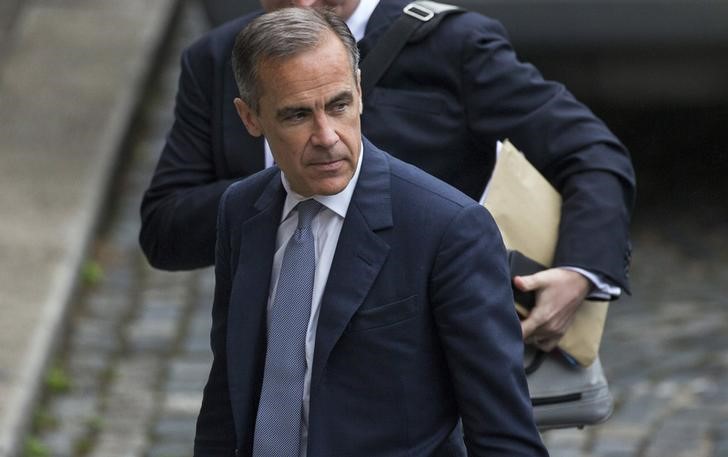Legrand hits record high after agreeing $1.1bn deal to acquire Avtron Power
Investing.com -- Canadian Prime Minister Mark Carney unveiled the costed Liberal platform this week, outlining $78 billion in new spending over four years focused on uniting the country, strengthening security, protecting health care, and building long-term economic growth. The plan reframes federal spending with a productivity-first approach, concentrating on housing, infrastructure, defense, and business investment.
As part of the “Unite” pillar, $20 billion is allocated to rural and digital infrastructure, Indigenous economic development, arts and culture, and the public broadcaster CBC/Radio-Canada. The plan also includes funding for projects such as high-speed rail, regional transit, and community health infrastructure.
The “Secure” pillar includes $18 billion in additional defense spending and over $4 billion in tariff-response funding directed at sectors impacted by U.S. trade policies. Another $1.7 billion is aimed at public safety, including the hiring and training of 1,000 new RCMP officers and expanded recruitment infrastructure.
Health care initiatives under the “Protect” pillar include $3.5 billion to expand medical residency programs, reduce administrative burdens for health workers, establish a national youth mental health fund, and launch a new IVF support program. This comes alongside earlier Liberal pledges to maintain and expand dental care and pharmacare.
Under the “Build” section, the platform proposes a $22 billion housing plan, $12.5 billion to cancel the capital gains inclusion hike, and another $12.5 billion to extend investment incentives for business. The Liberal campaign estimates that over half of new spending is capital-oriented and will leverage $500 billion in private investment over five years.
Conservative Party Leader Pierre Poilievre has yet to release a full platform, but criticized the price tag of the Liberal plan on social media, stating, “So Carney will cost you $130B more than Trudeau. Is that the change you wanted?” The Liberals say their plan balances this expense by eliminating the federal operating deficit by 2028 and maintaining a declining debt-to-GDP ratio.
NDP Leader Jagmeet Singh has released a fully costed platform that focuses on increasing taxes on wealthy individuals to generate an estimated $94.5 billion in new revenue. Singh’s plan includes $42.2 billion in additional spending and adds $48 billion to the federal deficit over four years, with a focus on health-care expansion, worker benefits, and cost-of-living relief.
With two costed platforms now released, economic strategy has emerged as a central point of contrast ahead of the April 28 federal vote. Carney’s proposal frames government as a catalyst for growth, while both the Conservatives and NDP offer alternative fiscal paths to economic resilience.
